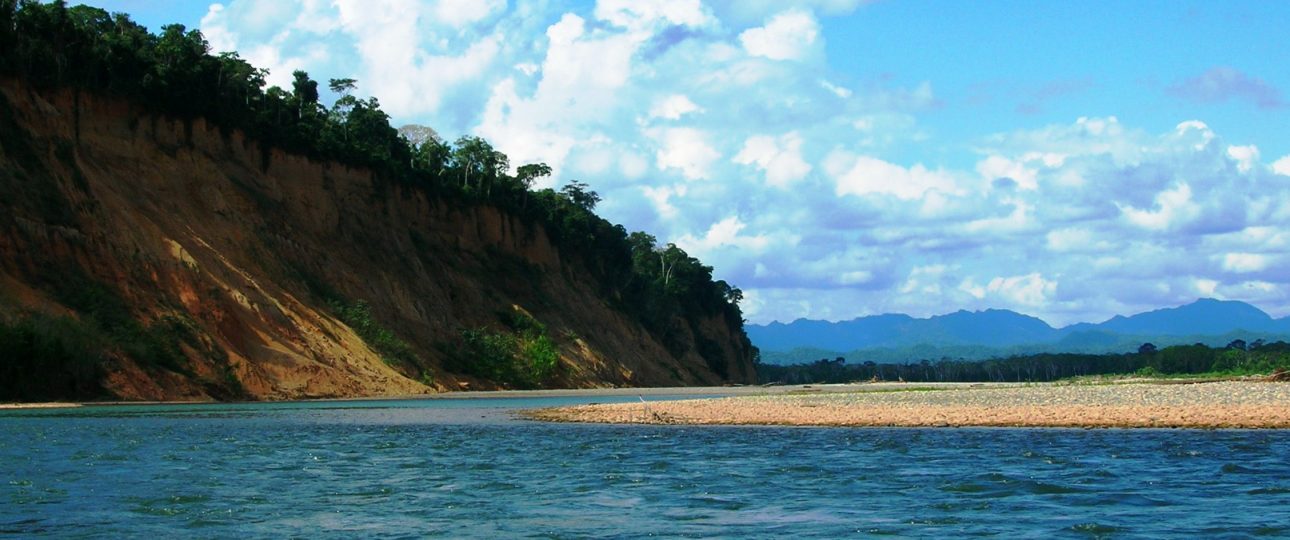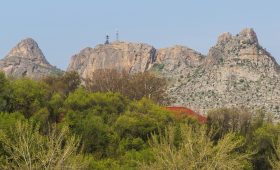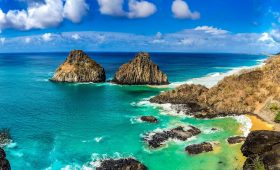Exploring Madidi National Park
Madidi National Park, established in 1995, is a vast expanse of protected wilderness in Bolivia, covering approximately 1,895,800 hectares. It’s renowned for its extraordinary biodiversity and varied landscapes, ranging from the snow-capped peaks of the Andes to the lush lowland forests of the Amazon basin. This diversity makes it one of the most biologically rich areas on the planet.
Wildlife and Ecosystems
The park is a sanctuary for a wide array of wildlife. It hosts over 1,000 bird species, including the Andean condor and the military macaw, accounting for about 11% of the world’s bird species. Visitors might also encounter jaguars, spectacled bears, giant otters, and the newly discovered monkey species unique to Madidi. The park’s ecosystems range from high-altitude grasslands to cloud forests and tropical lowland savannas, offering a unique opportunity to explore diverse habitats.
Best Time to Visit
Plan your visit during the dry season, from May to October, when the weather is more favorable for outdoor activities. The wet season, from November to April, can bring heavy rains, making some areas difficult to access and increasing the risk of landslides.
Getting There
To reach Madidi National Park, start your journey in La Paz, Bolivia’s capital, which is well-connected to international airports. From La Paz, travel to Rurrenabaque, the gateway to the park. You can get there by bus or hire a private vehicle. Once in Rurrenabaque, choose between a scenic 7-hour boat ride along the Beni River or a 30-minute domestic flight to the park’s entrance. Keep in mind that flights are subject to weather conditions, so check in advance.
Exploring the Park
Local Transportation
Within the park, boats are a common mode of transportation, allowing you to navigate its rivers and explore its ecosystems. Many lodges and tour operators offer guided boat tours. For those who prefer to explore on foot, numerous hiking trails cater to different skill levels. Remember to bring sturdy hiking boots, insect repellent, and plenty of water.
Accommodation
Madidi National Park offers various accommodation options. Eco-lodges like Chalalan Ecolodge on the Tuichi River and San Miguel del Bala Eco-Lodge on the Beni River provide comfortable stays with minimal environmental impact. These lodges offer modern amenities, local cuisine, and knowledgeable guides. For a more adventurous experience, consider camping under the stars, but ensure you follow park regulations and leave no trace.
Practical Tips
- Research and choose a reputable tour operator to enhance your experience. Quality varies, so seek testimonials and proper information.
- Be prepared for the park’s remote location and limited connectivity. Plan accordingly and ensure you have all necessary supplies.
- Respect the local culture and environment. Engage with indigenous communities and learn about their traditions and conservation efforts.
Madidi National Park offers a unique opportunity to immerse yourself in one of the world’s most diverse natural environments. Whether you’re a wildlife enthusiast or an adventure seeker, this Bolivian treasure promises an unforgettable journey.




